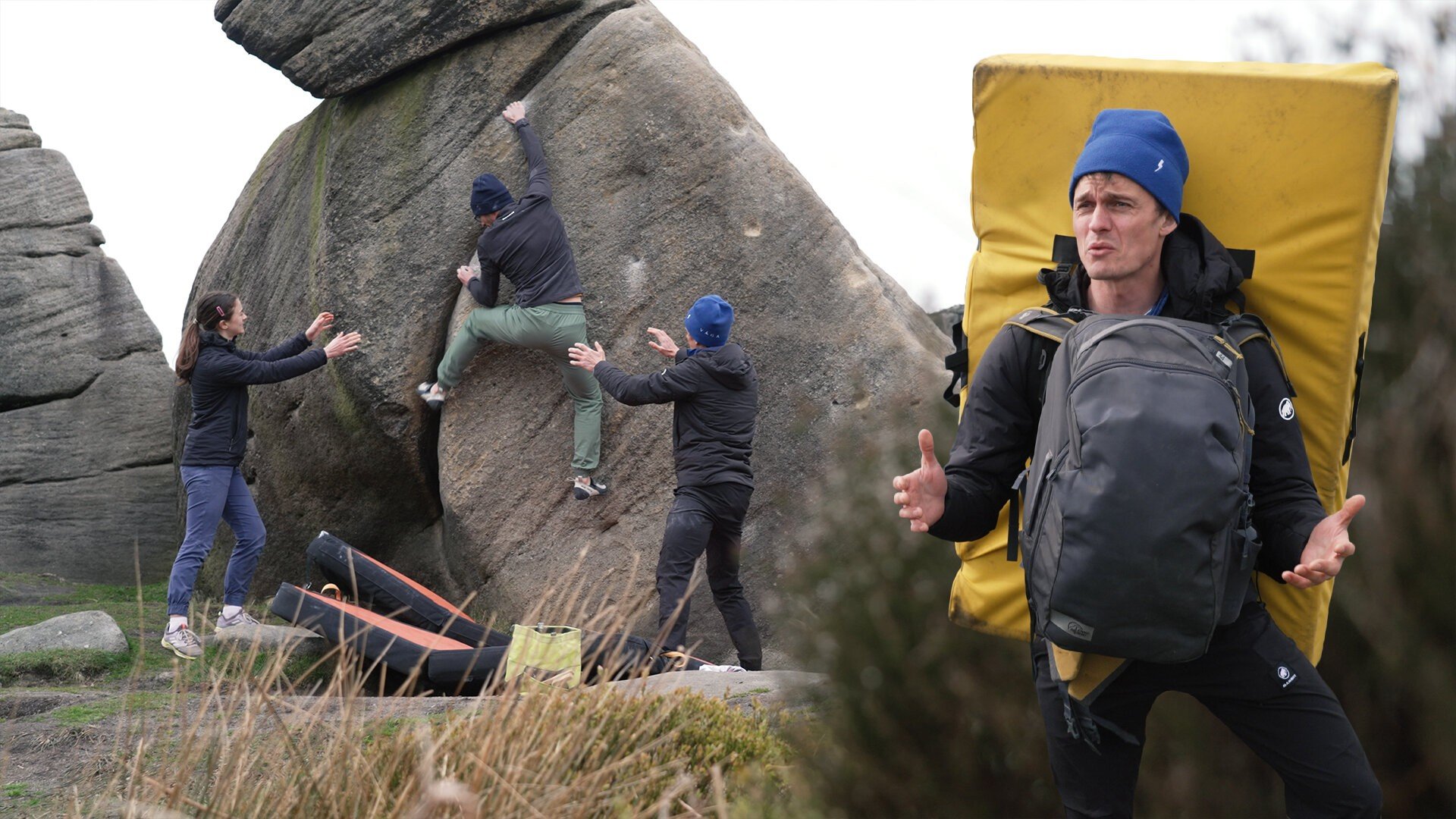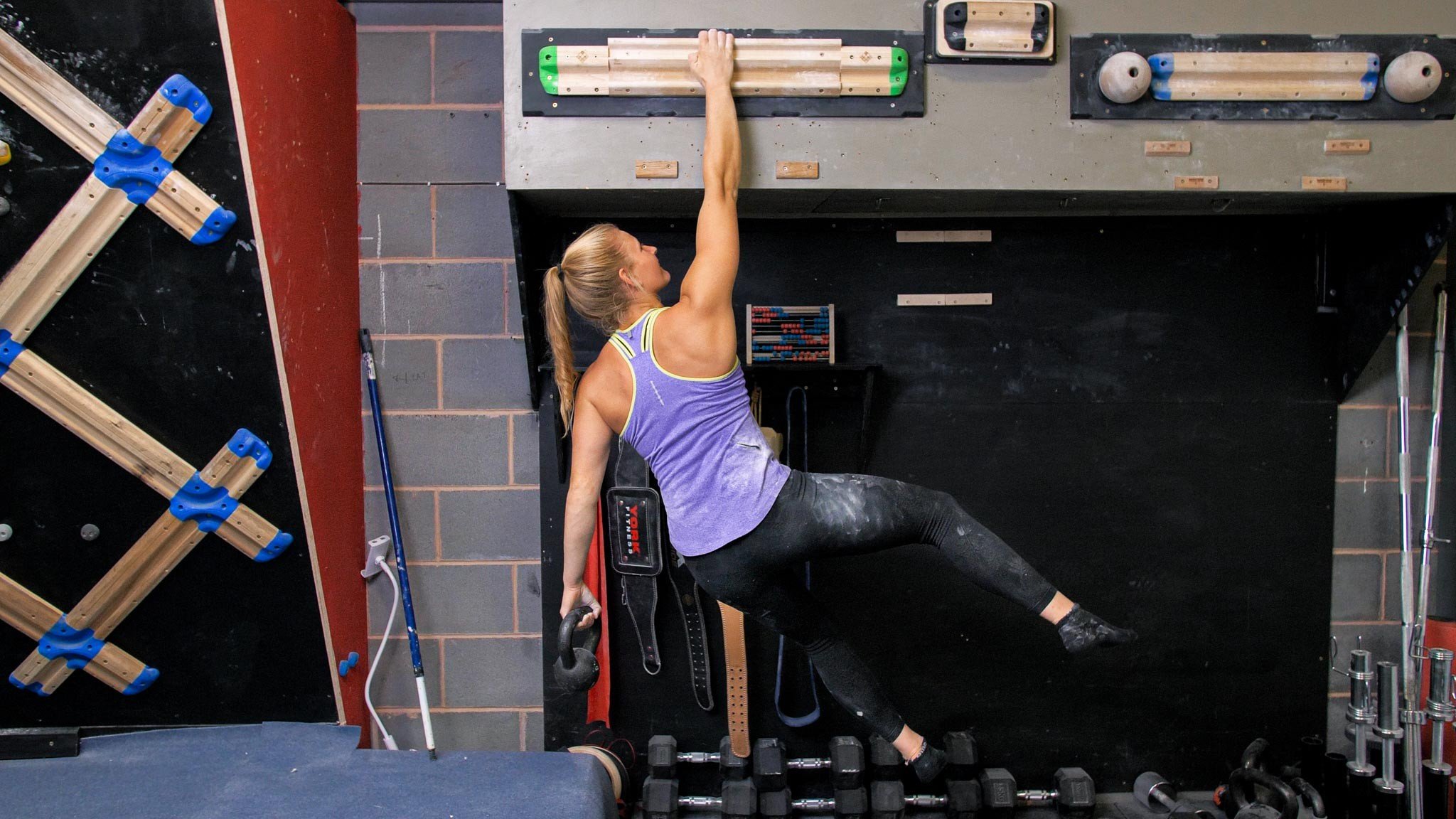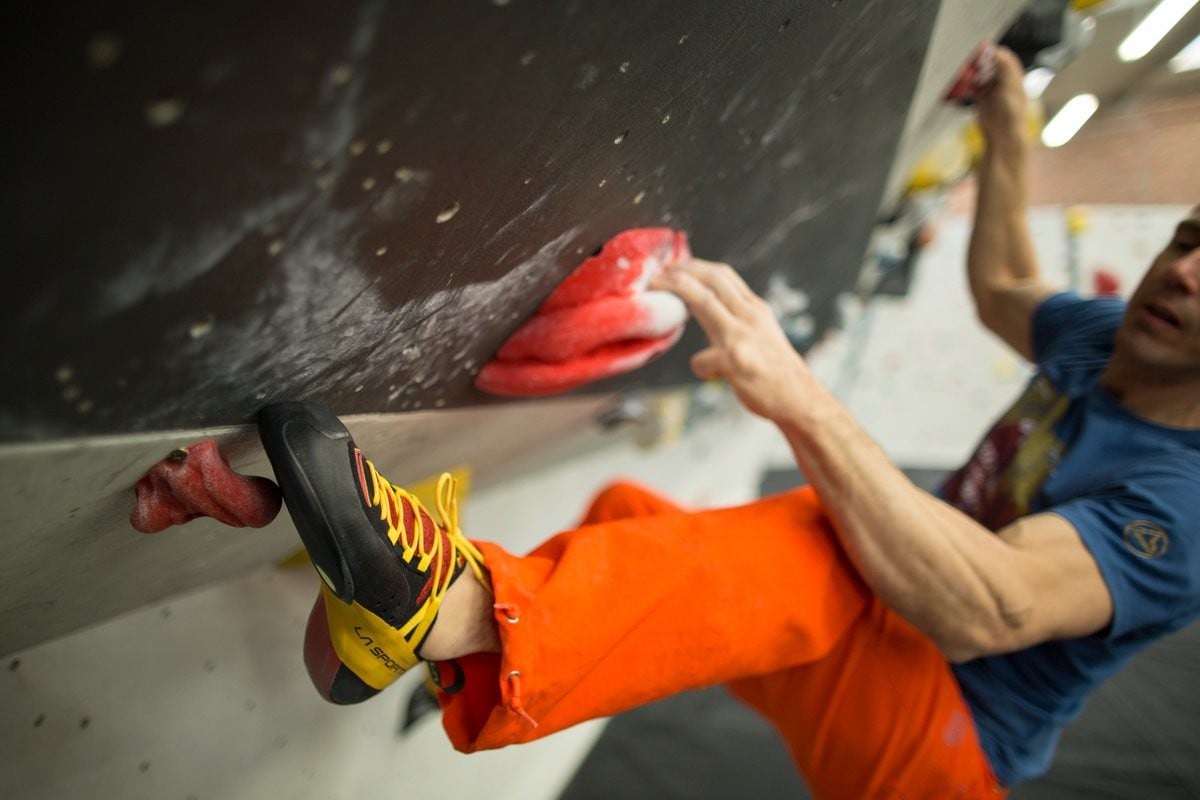Skill Series
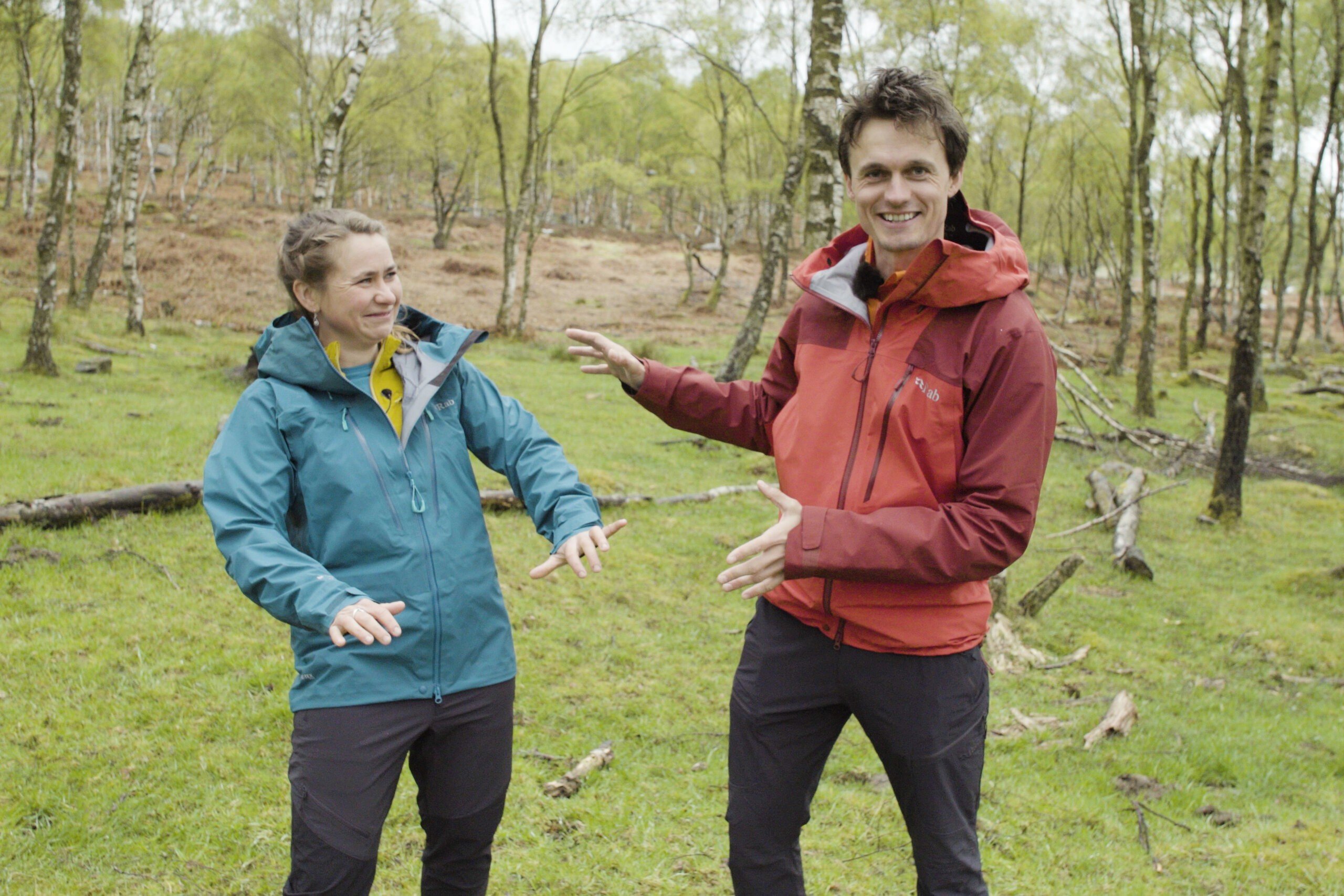


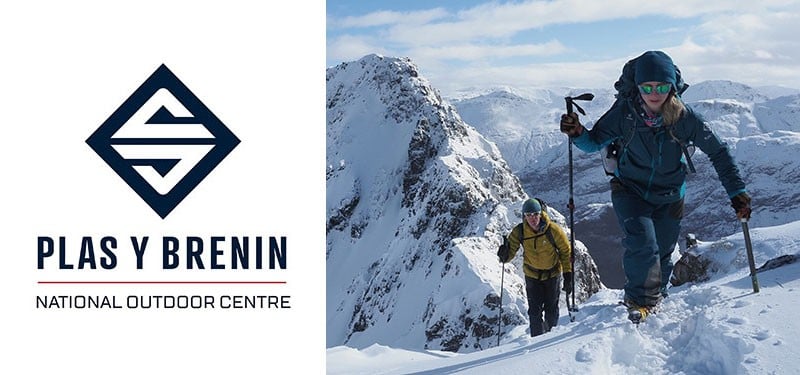


Climbing coach and movement expert Udo Neumann introduces his new UKC series on understanding and practising adaptable skills that you can apply to the dynamic and complex movements becoming popular in indoor bouldering, from IFSC World Cup finals to your local wall...
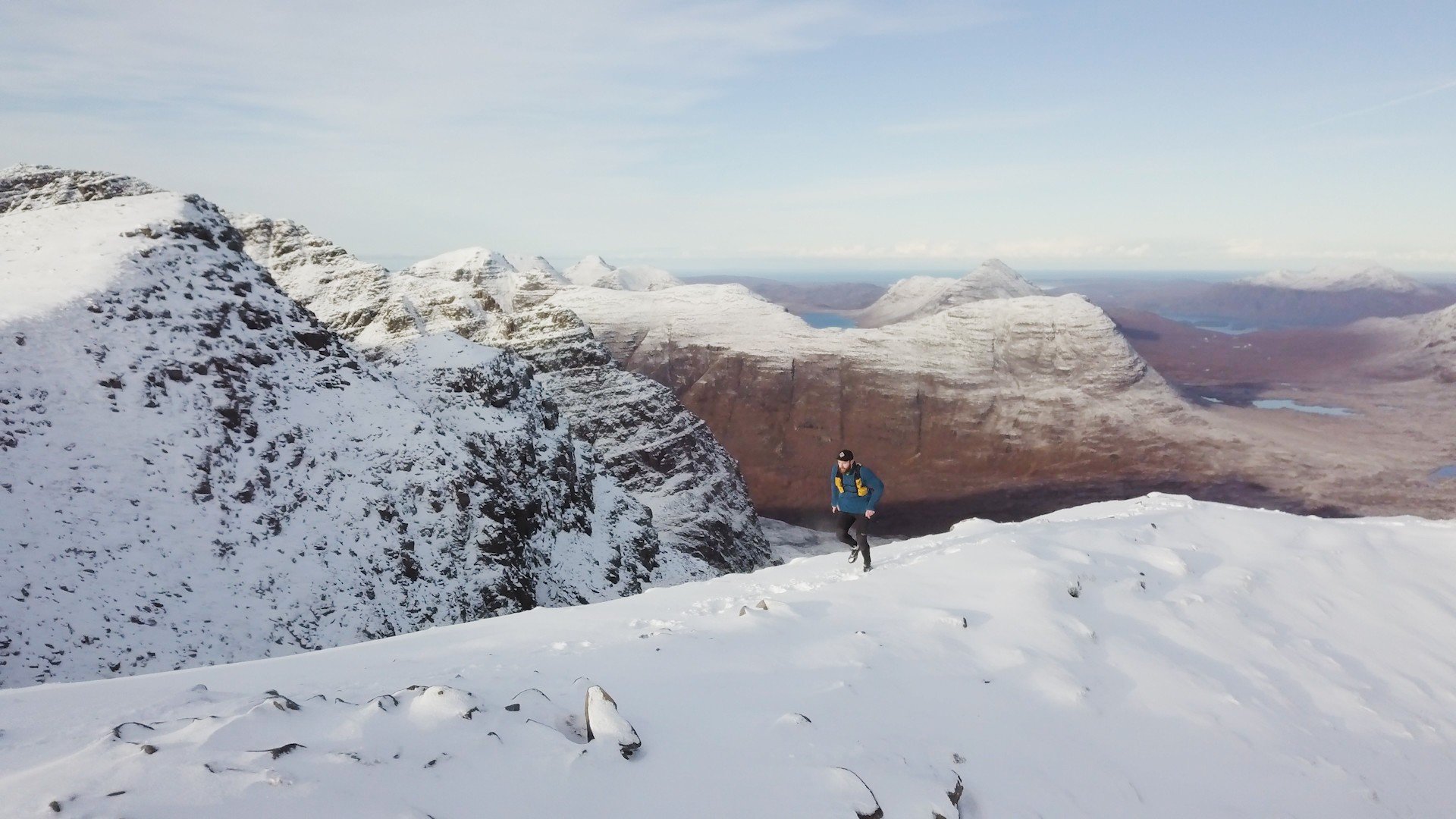
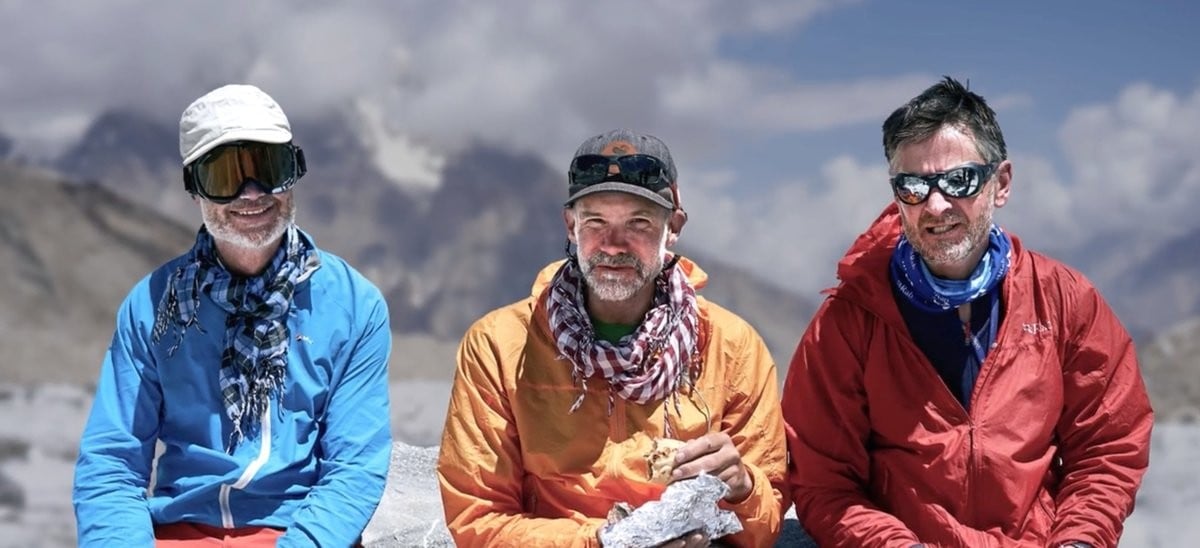
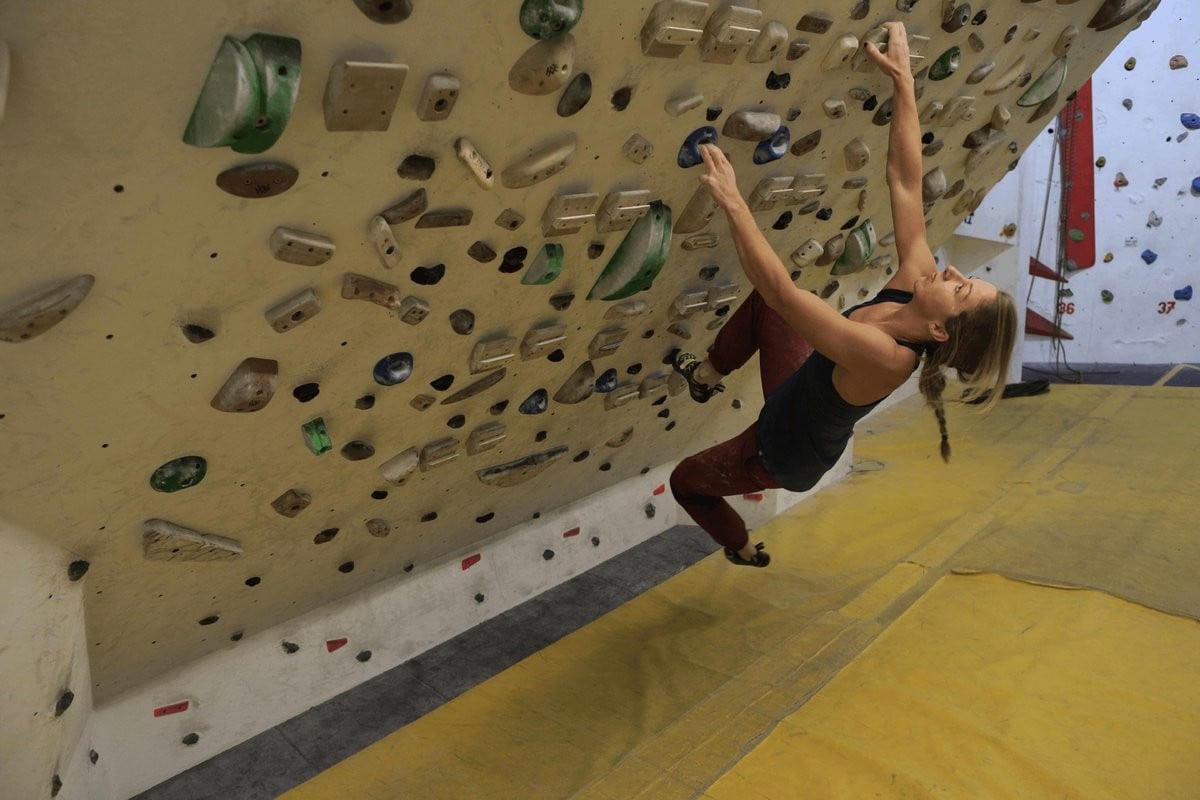
Crack connoisseur, training guru and director of Lattice Training, Tom Randall, shares some training tips in this training series, complete with live Q&A sessions in the forums from 7-9pm. Ask him anything (within reason...!) in the thread linked to this article during the session. Download Lattice's new (and free) training app Crimpd to assist with these drills.
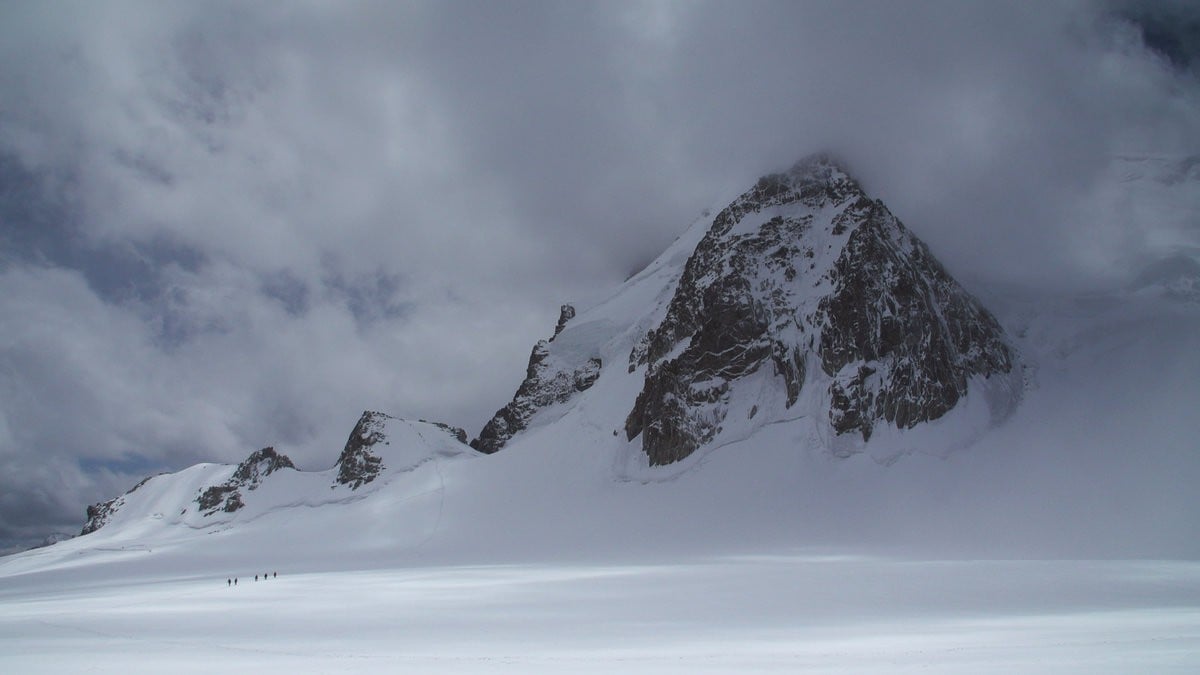
In this video series, we have teamed up with Arc'teryx and mountain guide Peter Mason, to cover a range of basic Alpine and Mountaineering skills.
We will be covering topics such as what to wear, what goes in your backpack, to basic crevasse rescues. We hope you find this series useful for learning basics and polishing up on essentials, but they don't replace proper instruction and years of experience!
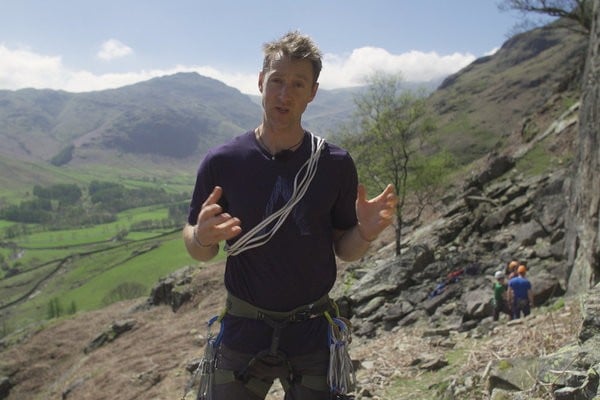

In this video series, Tom Randall and Ollie Torr from Lattice will be working with a number of their climbers and taking them through a performance profiling test. This enables them to assess their strengths and weakness and ultimately work out what areas they need to focus on during training. These videos aim to give you the tools to assess your own strengths and weaknesses.
The series will then provide a whole host of exercises to improve strength, power, power endurance and general body conditioning. The objective is to give you ways in which you can train using a variety of training facilities, no matter where you are.
At the end of the series, you should have the tools to assess yourself and then go away and carry out the training.

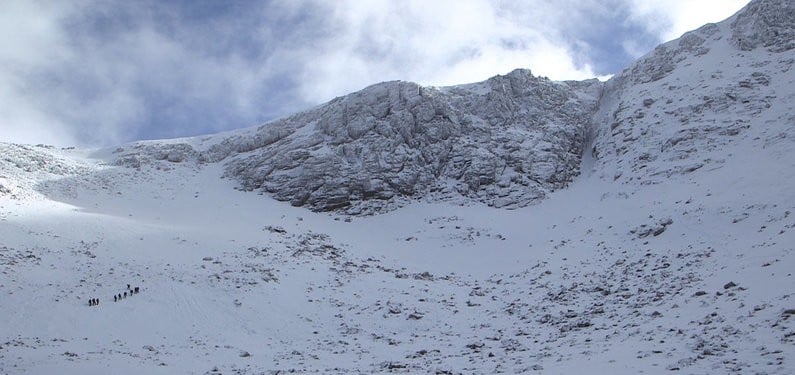
We've teamed up with Glenmore Lodge for a new instructional series about decision making whilst winter climbing and mountaineering. The films aim to cover everything on what to look for when walking-in, what to take into consideration whilst gearing up, getting to the base of the crag, climbing and topping out safely.
We hope you find these instructional videos useful for learning basics and polishing up on essential skills, but they don't replace proper instruction and years of experience!
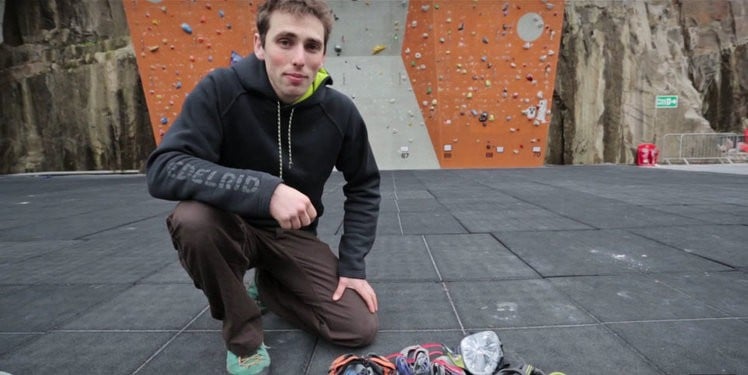
"The Process" is a series that for me has been a long time coming. I wanted to create something that would teach not only the specifics of how to train, but also the values and approach necessary to get the most out of our climbing.
As the concentration of indoor climbing walls increases, as does the number of climbers. The average level of strength of the modern day climber is so much higher than it ever has been before thanks to climbing walls, however there is a definite lack of transfer when it comes to the level they climb on rock comparatively. For a long time I have watched from the side lines as the training fads of the indoor climbing wall scene eclipse that of the aspect to simply become "better climbers". For me, climbing is all about learning, adapting and connecting with the climb - this series is an attempt to understand the process of seeing our potential. "The Process" is the means to get stronger, "The Process" is the means to get fitter, but unequivocally "The Process" is the means to get better!
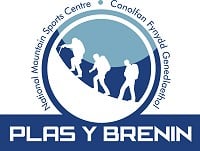
We will be explaining everything from putting on harnesses and tying figure of eights, to building belays and leading, by watching Mountaineering Instructors Dave Evans (Pyb staff and MIC), Dave Rudkin (PyB staff and MIC) and Jack Geldard (UKC staff and MIA).
We hope you find these 'quick-fire' instructional videos useful for learning basics and polishing up on essential skills, but they don't replace proper instruction and years of experience!
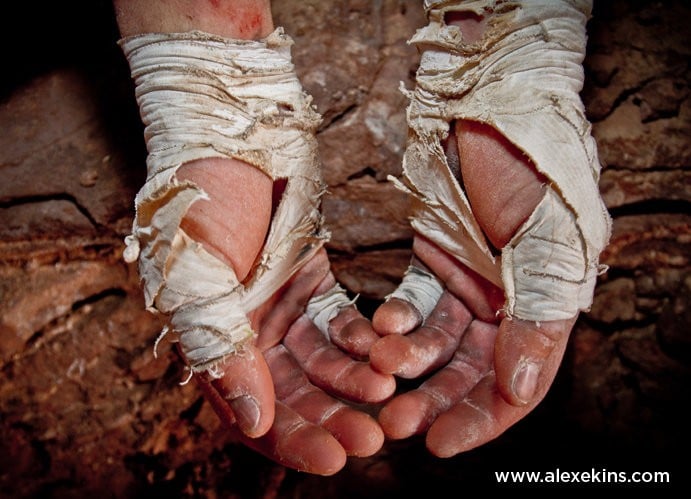
Wild Country 'Crack School' is a series of six short videos designed to utilise the skills and knowledge of Wild Country climbers Tom Randall and Pete Whittaker to give an introduction to basics of crack climbing.
Over six episodes (shown each Tuesday on UKClimbing for the next six weeks) the guys cover all widths of crack: Fingers, Hands, Fists and Offwidths as well as looking at the skills of gear placement and taping up.
Designed for those who know next to nothing about crack climbing and who want to make their first steps, the videos are made to illustrate what the guys think are the most pertinent points for starting out on each size of crack. They look at how to use hands and feet in the crack as well as gear and overall tips on technique and the way to approach each type of crack.
Importantly, and often overlooked, is the fact that these 'crack' techniques not only allow you to climb routes defined as cracks but this new knowledge makes you a more rounded climber. So if faced with a short section of crack, or a corner or groove you have an armoury and variety of ways of placing your hands to keep you going. These techniques therefore are incredibly important if you are making a transition from indoors to out, when holds move from 'sticking out' to 'going in' and thrusting, poking, camming and jamming become more important than simply grabbing and pulling.
As Tom Randall says: "Crack climbing well is a fantastic feeling and learning how to climb cracks opens up a world of routes, and indeed some of the best routes in the world: from Brown and Whillans' classics in the UK (try doing Cenotaph Corner or the Sloth without being able to jam) through to Yosemite and Indian Creek in the USA. And remember, the best climbers always have a variety of techniques at their disposal and having a variety of techniques always makes you a better climber!"
